High performance concrete is a concrete mixture that has higher durability and high strength than conventional concrete.
This concrete consists of one or more cementitious materials such as fly ash, silica fume, or ground granular blast furnace slag usually a superplasticizer.
The use of certain mineral and chemical admixtures such as silica fume and superplasticizer greatly enhances strength, durability, and practical properties.
Here we will learn about high performance concrete, types of high performance concrete, advantages & disadvantages of HPC.
Introduction to high performance concrete:
High-performance concrete (HPC) has been used in developed countries whereas in India until the last decade, HPC meant only high strength concrete.
Experience has shown that apart from strength, there are other equally important criteria such as durability, practicality, toughness.
The main objective of developing HPC is to extend the life of the structure.
Characteristics of High Performance Concrete:
- Due to the tight and refined pore structure of the cement paste, it has very low porosity.
- It has a very low permeability of concrete.
- High resistance to chemical attack.
- Low heat of hydration.
- High early strength and continued strength development.
- Low water binder ratio.
- Low bleeding and plastic shrinkage.
Types of high performance concrete:
High performance concrete: when the strength range is 50- 100Mpa.
Very high performance concrete: when the strength range is 100–150 MPa.
Hyper performance concrete: when the strength range is greater than 150Mpa.
properties of high performance concrete:
-The split tensile strength with metakaolin and steel fibres is 4.38 MPa and 3.87 MPa.
-The tensile strength is improved by 11.64%.
-For GGBS concrete mixture with fibre, the tensile strength is 4.12MPa and for concrete mixture without fibre is 3.94MPa.
Advantages of high performance concrete:
- These HPC are easy for placement and consolidation without affecting strength.
- It reduces the size of structural members and increasing the usable space.
- Structural members are small in size because smaller sections are sufficient to hold higher loads.
- Reduction in thickness of flooring slabs and supporting beam is a significant component of buildings.
- The reduction of structural members such as beams, columns, and slabs leads to a reduction in self-weight and dead load leading to a substantial reduction in prices.
- It had higher seismic resistance as compared to standard concrete.
- Also, had high abrasion resistance.
- The formwork area and its value are reduced.
- Shoring and stripping time are reduced due to the high initial strength.
- The construction of high-rise buildings in congested areas is cost savings.
- Long spans and short beams for the same magnitude of loading used in bridge construction.
- The ability of HPC for long distances reduces the number of supports and foundations.
- It extends the life of construction in extreme environments.
- They are high efficiency under static, dynamic, and fatigue loads.
- It had less creep and shrinking.
- They are greater stiffness resulting from a higher modulus.
- It had high resistance to chemical attack, long-term durability, and significantly improve crack propagation.
- This cement reduces maintenance and repair costs.
Disadvantages of high performance concrete:
- These HPC have extended quality control.
- This concrete has a high cost.
- They are special constituents.
- They are manufacture and placed carefully.
Application of high performance concrete:
Pavements:
HPC is used for highway efficiency due to potential economic benefits
Fast track concrete paving (FTCP) technology can be utilized for full pavement reconstruction.
Bridge:
HPC is being used extensively in the world to manufacture precast pylons, piers and girders of many long bridges.
Concrete structures are preferable for railway bridges that eliminate noise, vibration problems and maintenance costs.
Skyscrapers:
Reasons for using high strength concrete in the area of tall buildings are dead loads, deflection, vibration and reducing maintenance costs.
Miscellaneous applications:
These concrete with and without conventional reinforcement has been used in many field applications.
These include bridge deck overlays, floor slabs, hydraulic structures, thin spheres, rock slope stabilization, and many precast products.
Also read: Mass Concrete, Aerated Concrete, Pervious Concrete & Green Concrete
Conclusion:
High-performance concrete becomes an important element of tall buildings as it enhances the visual impact and it can tolerate severe environments.
It reducing the size of the sections and they are high durability.

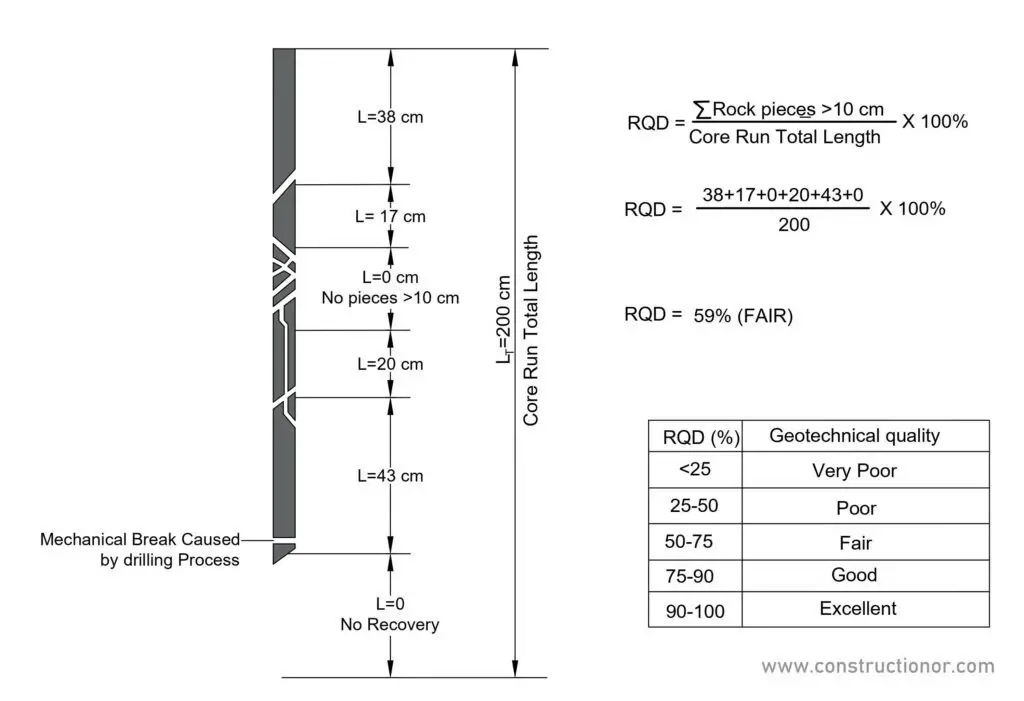



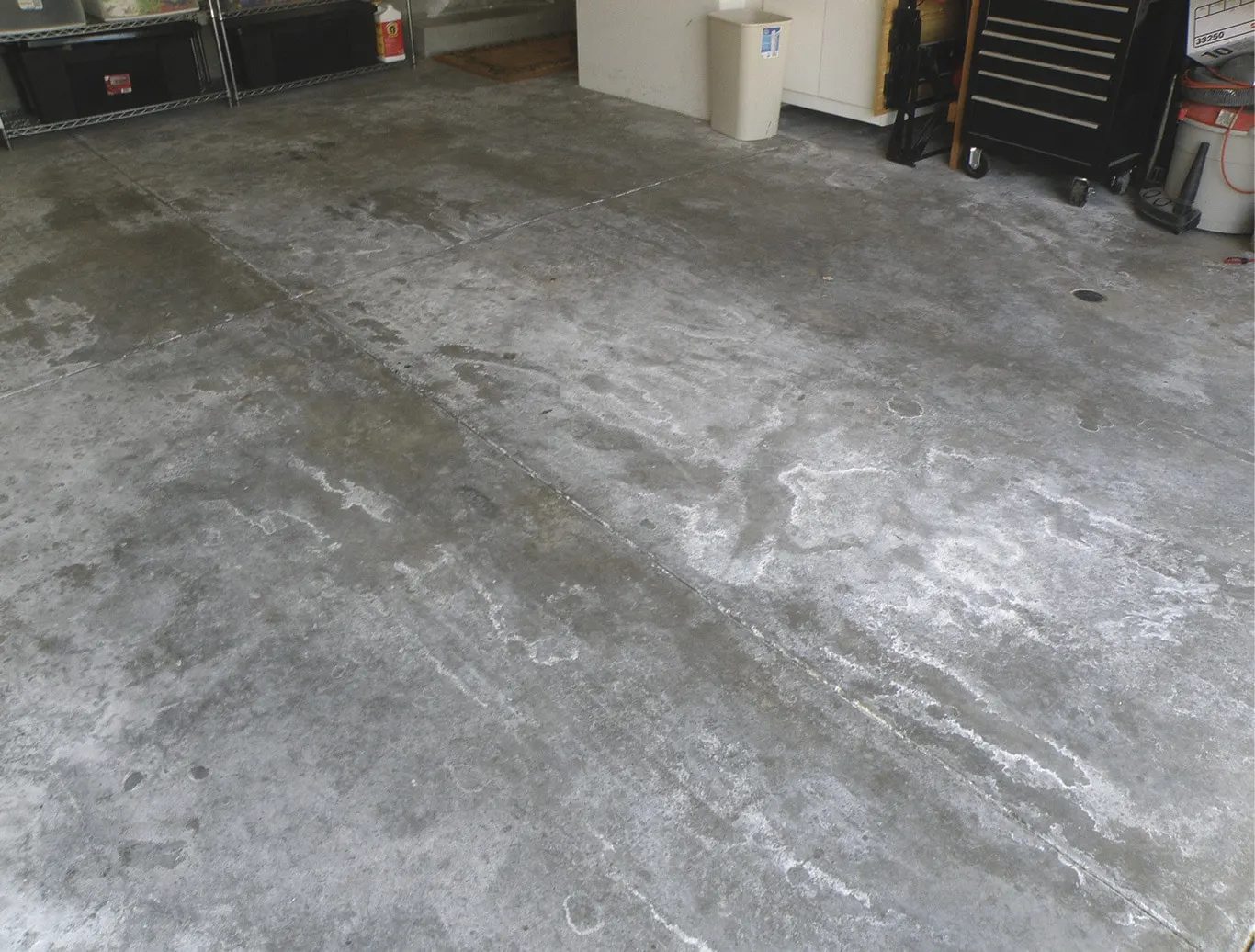
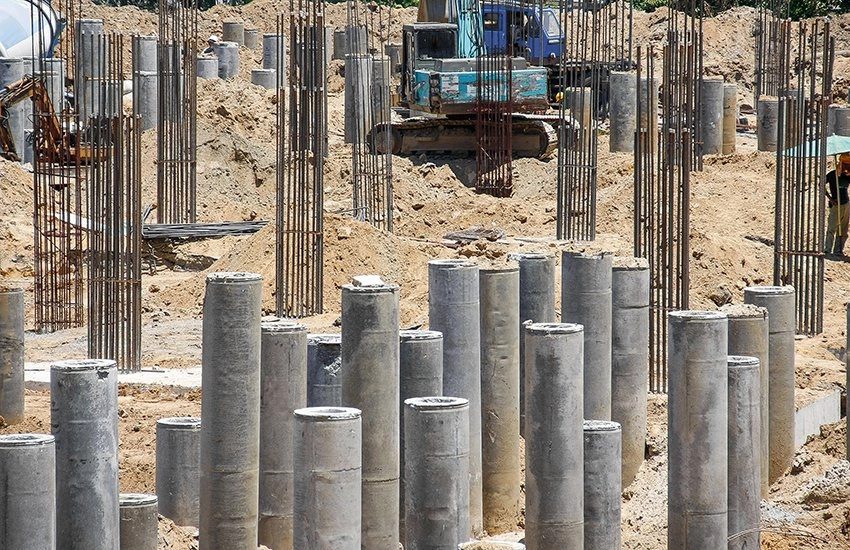

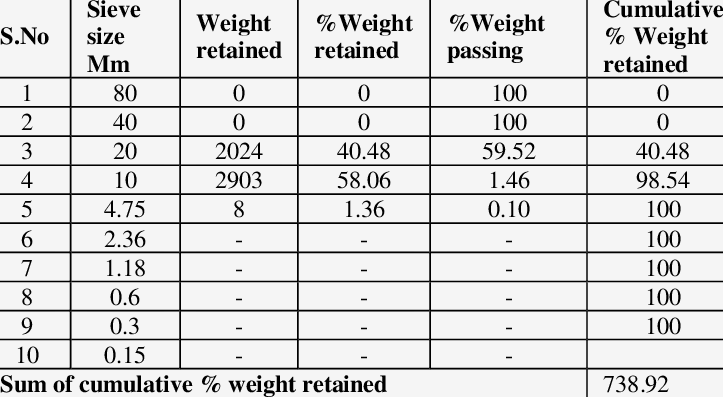
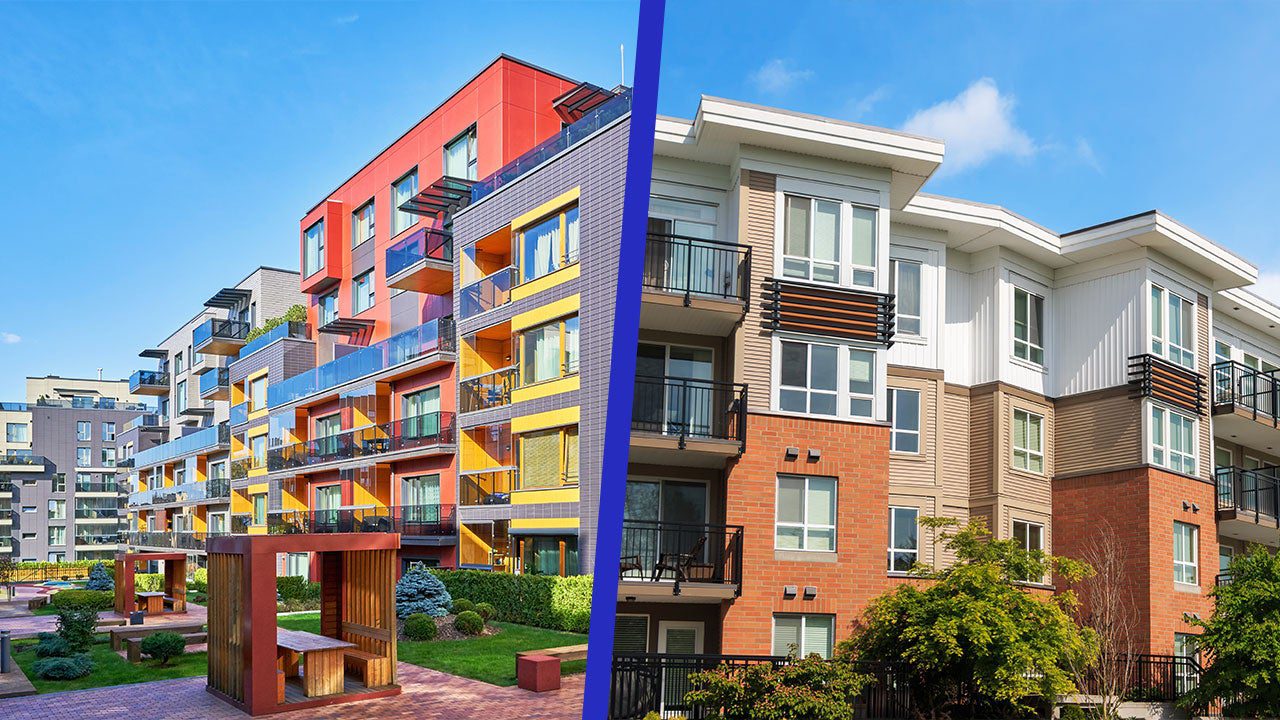
Dear Sir,
Add the HPC used in various structures photographs
Sure we’ll add more photos as soon as possible.